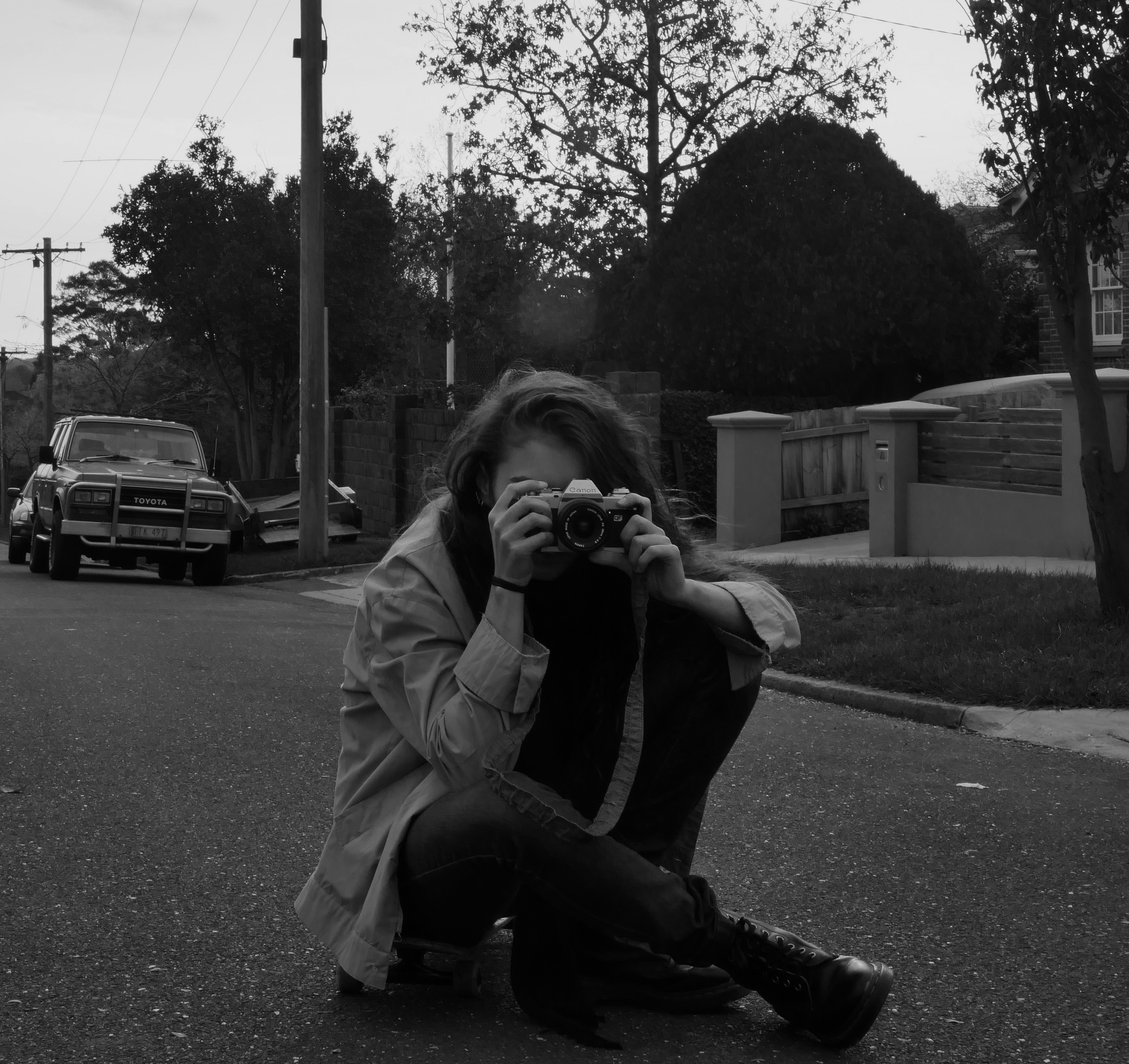David Morley’s piece of writing discuss the difference views and values of modern audiences as well as the values they have held historically. The platforms on which audiences have been based across was discussed and it was intriguing to see the difference between an audience of a novel (spread across space and time) compared to that of other instant platforms. Inventions through history which include the newspaper, radio and television also allowed for individuals to retrieve information from difference locations within the same time frame making a shared sense of “life in common” or connected-ness. The article discusses the progression of the television platform and how it has evolved into many channels in which its users can actively change and select what they want to watch. Morley uses different categories of audiences as examples including the mass audience, mediated audience and active audience. This particular note reminded me of other main theories in media involving audiences.
The ‘Active Audience Theory “media audiences do not just receive information passively but are actively involved, often unconsciously, in making sense of the message within their personal and social contexts”. The ‘Uses and Gratifications Theory “This theory created by Blumler and Katz’s suggests that media users play an active role in choosing and using the media. “There also was the ‘Hypodermic Needle Theory’ which isn’t used anymore in modern society but originally the “hypodermic needle theory implied mass media had a direct, immediate and powerful effect on its audiences overall the theory played with the idea that media messages are injected straight into a passive audience”. Of course this was mainly used during a political time of propaganda (i.e WW2) but it is a good reflection on how the views and values of audiences have changed and how we have come to understand that active audiences are needed in order to contain media bias. In Morley’s article he discusses these ideas; weather an audience is passive or active. Are individuals controlled by the power of the media or are they actively choosing and arguing the content they intake. In an overall reflection Morley continues to note that it is those two groups (passive or active) that are in debate to see who makes up most of today’s audiences.
David Morley (2005), Entry on ‘Audience’ in New Keywords: A Revised Vocabulary of Culture and Society, Ed. T.Bennett, L. Grossberg & M. Morris (Wiley-Blackwell), pp.8-10.
